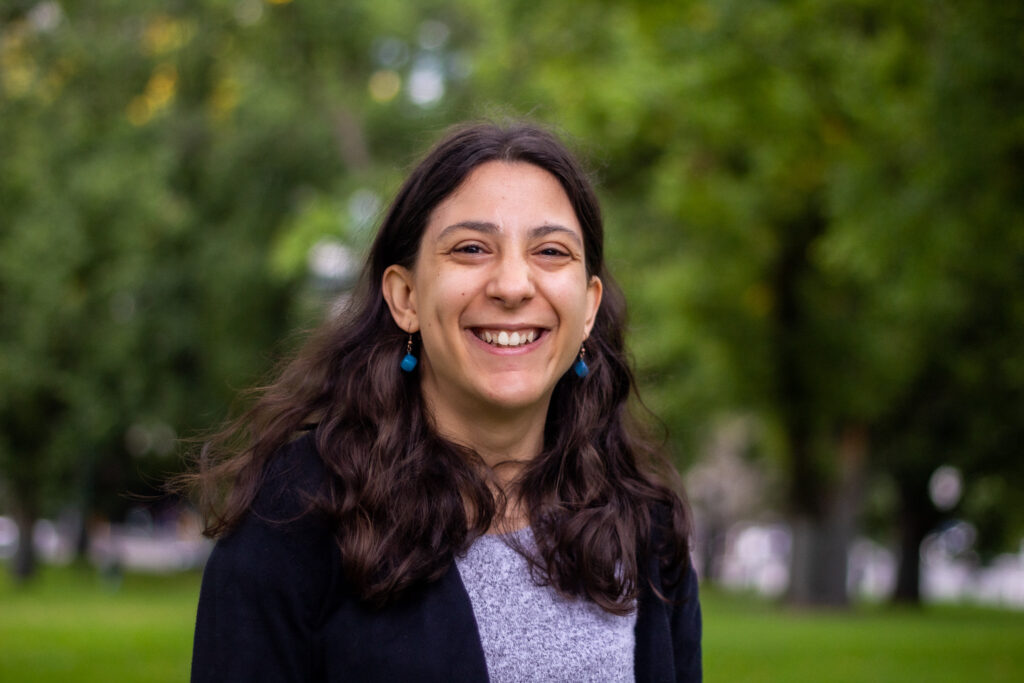By Laura Pettenuzzo
Contains Descriptions of Ableism in Education
Crip Time (or #CripTime, as it is known on Twitter) is the idea that time can and should be viewed more flexibly for disabled people. This includes a consideration of when workdays start and end, how long every day tasks should take and the incorporation of breaks and rest in between tasks.
I was only recently introduced to #CripTime and in that short period, it has allowed me to be more gracious with myself and to honour what my body needs without shame or apology. I have cerebral palsy (spastic diplegia, to be precise). Though I’ve known this for as long as I can remember, courtesy of my loving family, as well as physios and occupational therapists and other specialists, I was never explicitly told what this meant for my energy levels. I didn’t know that my body needed to expend five times the amount of energy as an able-bodied person’s would on any given task. In short, I was never given permission to rest.
The first implicit permission I received was when I started working for a disability advocacy organisation (pre-pandemic) and was given the option of working from home one day a week. My supervisors and coworkers at that organisation paved the way for me to understand my disability and my access needs in a new way. They led by example and taught me how to do the same. Some people started work at 7am and others at 10am and most people started some time in between. I tend to have more energy in the morning, so I chose to start as early as I could and capitalise on the productivity it gave me. Later, at another organisation, my supervisor pointed out that I didn’t have to complete my work hours in one sequential block of time. I could take extended breaks – even nap – as I needed during the day and by so doing, return to my tasks with fresh eyes and renewed enthusiasm. I know that it was a privilege to work in such flexible environments, one that not every disabled person is afforded, as I was not afforded it for so long. In retrospect I can see how an understanding of Crip Time would have helped me as a disabled young person.
I gained a reputation for “tardiness” at high school and university, not because I was particularly disorganised, but simply because I walk quite slowly. As a consequence, it took me longer than my able-bodied peers to get from one point on campus to another. When we had swimming classes, I was always the last one to make it off the bus, the last one out of the change rooms. There were no other openly disabled people around to reassure me that this was okay, that I was not fundamentally less than everyone else because they were quicker than me at pretty much everything. I hope that disabled young people of the future will not have to experience what I did. I hope they have leaders and role models at every stage of their lives, people who introduce them to and invite them to embrace the magic and glory of #CripTime.
I officially encountered #CripTime through a story in Alice Wong’s anthology ‘Disability Visibility: first person stories from the 21st century.’ That story gave me a name and a framework for what I had learned and observed from the disabled people around me. When I chose to prepare meals in advance or order premade meals instead, I was living in #CripTime. When I scheduled catch ups with my friends in the morning or early evening to maximise my sleep, I was living in #CripTime. And every time I paid attention to the needs of my disabled body, I was leading the way. I was showing other disabled people that it was possible for them to do the same. I came to understand that living in #CripTime is a form of disability pride. For me, disability pride means acknowledging and working within the limitations of what my body can do instead of pushing myself to the point of pain and exhaustion. It means that I – and other disabled people – can celebrate our existence even as we cancel plans, even as we acknowledge what we cannot do.
For #CripTime to benefit all disabled people as it has me, it must be acknowledged and accepted by disabled and nondisabled people alike. #CripTime is an invitation to our schools and workplaces and healthcare systems, to our friends and family, and everyone we meet, to become more accessible and inclusive. I hope they accept it.
Laura (she/her) is a disabled writer living on Wurundjeri country. Her work has appeared in various places such as The Age and SBS. Laura is also a member of the Victorian Disability Advisory Council.

